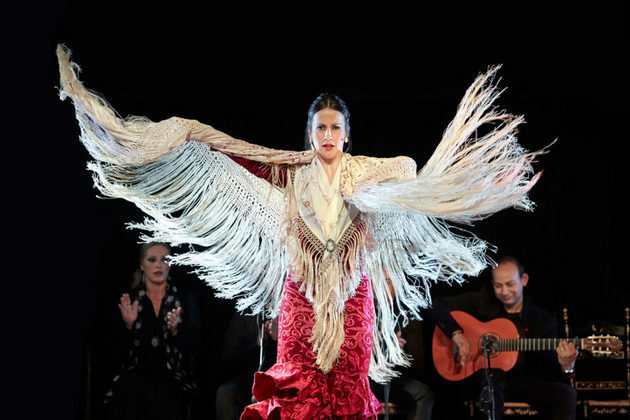The place of art has always been an extensively debated theme among critics, connoisseurs, researchers and the artists themselves. For a long time, the art world was thought of as an autonomous sphere, governed by its own codes and the result of a creativity centered on the artist's individuality. However, especially from the 20th century onwards, we have noticed that this separation between art and the world has been losing strength as different movements sought to break such limits.
In the 1950s, we observed the formulation of a movement called “pop art”. This expression, which comes from English, means “popular art”. Contrary to what it seems, this popular art that defines such a movement has nothing to do with an art produced by the popular layers or with folklorist notions of art. “Pop art” as a movement embraces the diverse manifestations of mass culture, culture made for the crowds and produced by the big media.
By involving elements generated by industrial society, “pop art” performs a double movement capable of revealing to us the richness of its own existence. On the one hand, it exposes traces of a society marked by industrialization, repetition and the creation of instantaneous icons. On the other hand, he questions the limits of artistic making by avoiding an autonomist thought and covering the phenomena of his time, so as to conceive his own creations.
Do not stop now... There's more after the advertising ;)
The “pop art” movement appeared at a historical moment marked by the resurgence of large industrial societies once affected by the effects of World War II. In this way, it adopted the great North American and British urban centers as the environment for its first representatives to take inspiration to create their works. Advertising pieces, celebrity images, logos and comics are some of these inspirations.
The members of "pop art" managed to attract the attention of the general public by being inspired by elements which in theory were not recognized as art, taking into account that consumption was the current mark of these times. Big movie stars, comic books, modern automobiles, electronic gadgets or canned goods have been deconstructed so that the impressions and ideas of these artists signaled the power of reproduction and the ephemerality of what is offered by the era industrial.
Among other representatives of this movement, we can highlight the figure of Andy Warhol, known for the multiple multicolored versions of “Marilyn Monroe”, produced in 1967. Another example of “pop art” can be recognized in the work “No Carro”, in which Roy Lichenstein uses the language of comics to explore urban situations. Even today, many artists use “pop art” references to design paintings, sculptures and other installations.
By Rainer Sousa
Master in History
Would you like to reference this text in a school or academic work? Look:
SOUSA, Rainer Gonçalves. "Pop Art"; Brazil School. Available in: https://brasilescola.uol.com.br/artes/pop-art.htm. Accessed on June 28, 2021.



